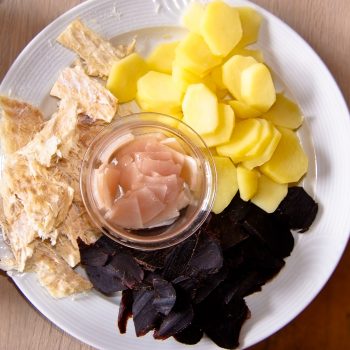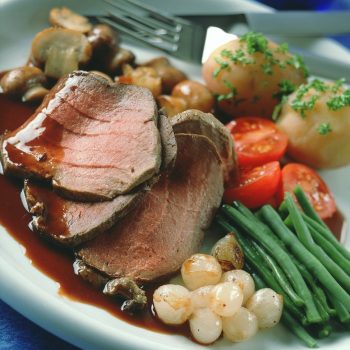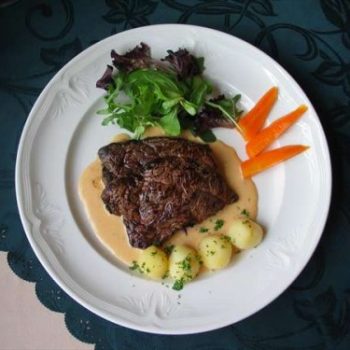Marine mammal meat and blubber are food of vital importance for some, for others they represent good, nutritious food with long standing traditions in the household, and yet for others (in growing numbers) they are culinary delicacies. The consumption of marine mammal products is common in many cultures and countries. Robards and Reeves 2011 estimated for example that people in 114 out of 195 countries have consumed one or more of 87 marine mammal species in the period 1990-2009. Additionally, the consumption of marine mammals represent a significant aspect of food security and cultural well-being in many regions and provide some economic benefits to people in at least 54 countries.
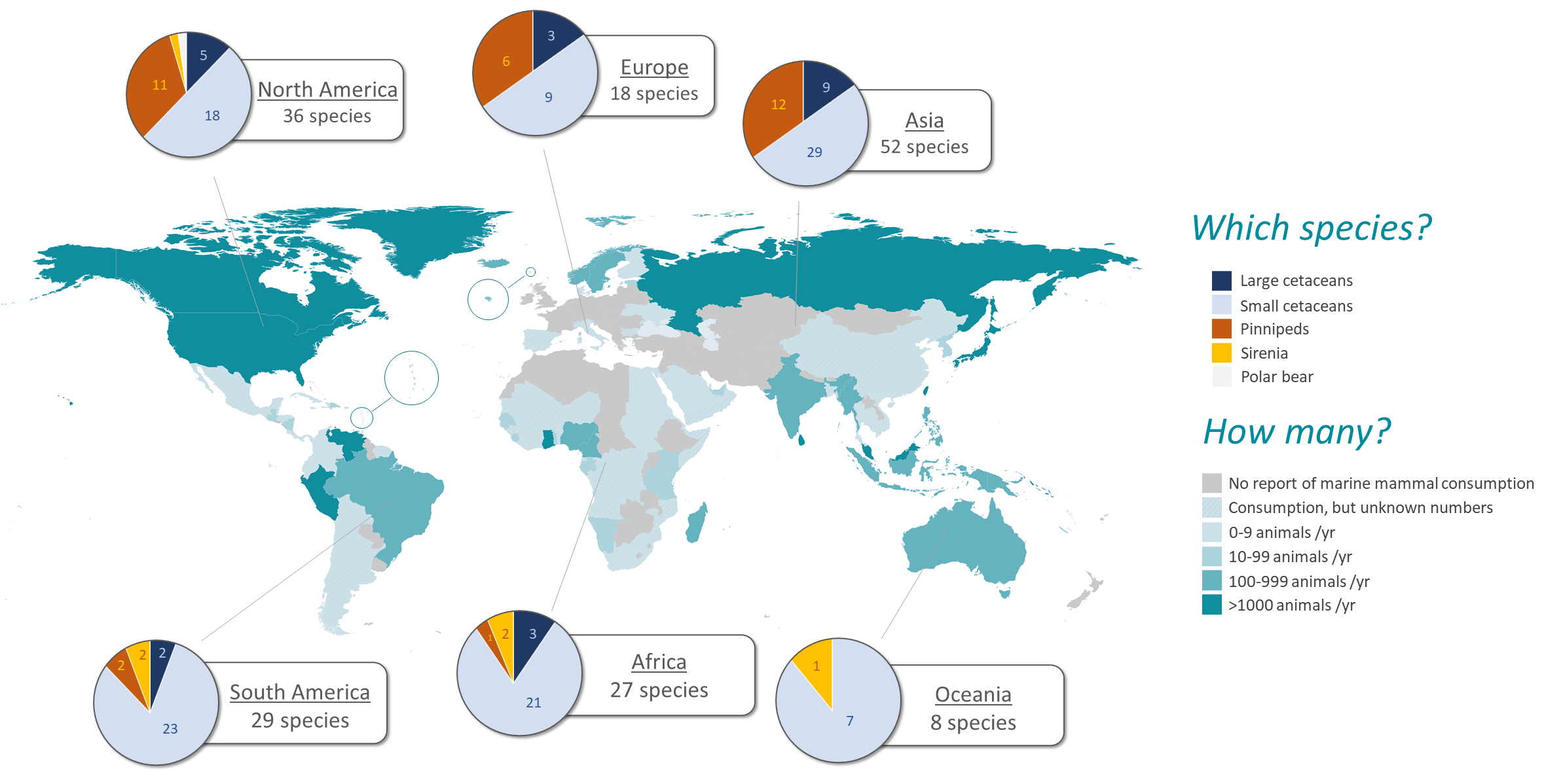
Health benefits of consuming marine mammal meat and blubber are substantial

Tataki with spicy sauce © www.norskhval.no
It is widely accepted that the traditional Inuit diet consisting of mainly marine mammals, with relatively little fish, some game meat, and local berries prevented the effects of lifestyle diseases such as cardiovascular diseases, thrombosis and atherosclerosis. There are indications that consumption of marine mammals may be an important protective factor against prostate cancer, and that regular intake of seal and whale products give a lung functionality compatible with the level achieved when consuming vegetables and fruits on a daily basis.

Seal oil nutritional facts © www.seadna.ca
The beneficial properties of marine mammal products may be connected to their unique fatty acid composition and the high levels of omega-3 fatty acids. It may also be related to antioxidants and other substances found in the oils. Marine mammal oils have potentially beneficial effects on several diseases and symptoms, such as general and specific pain reducing effects, reducing symptoms in food hypersensitivity, reducing the reactivity of blood cells and the activation of coagulation. You can read more on the health benefits of marine mammal oils here.

Nutritional facts seal meat as compared to other meat © www.seadna.ca
Marine mammal meat is rich in protein, essential amino acids and mineral nutrients like iodine, potassium, selenium, magnesium, zinc phosphorus and calcium. It is also a great source of vitamins A, B, D and E. Blubber contains high levels of antioxidants and represents the most important source of vitamin C in the Arctic, and whale mattak (skin) is rich in vitamin A and C, thiamine, riboflavin and niacin as well as being a major source of antioxidants and selenium.
Levels of contaminants are of concern
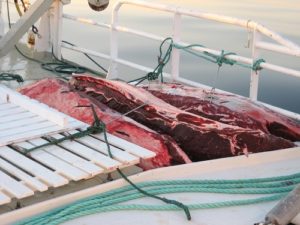
© Scanfishphoto.com/fiskeri.no/H.P.Tysnes
Marine mammals are top-predators and exposed to high levels of environmental persistent organic pollutants (POPs) and heavy metals which accumulate along the food chain. Species feeding at higher trophic levels are by default expected to contain higher levels of contaminants than species feeding at lower levels, such as krill-eating species. Killer whales, walruses and polar bears have higher POPs levels than fin and blue whales and crabeater seals. The levels in different organs varies, and the geographical area where the stock is feeding also influences the accumulation rate of contaminants due to the large geographical variability in contaminant levels, both natural and man-made.
High levels of contaminants in certain marine mammals stocks is of serious concern for consumers, and authorities have issued advice for minimising intake where necessary. In the Faroe Islands and Greenland it is recommended that girls and women refrain from eating blubber (FO) and marine mammals (GL) until they have had the number of children they want.
Benefits versus risks

Boy in Greenland eating blubber © Fernando Ugarte
The trade-off between the benefits and risks of consuming a specific resource depends on the nutritional value and health benefits/risks of that resource compared to those of alternative resources. In Greenland, although the Nutrition Council recommends that some sections of the population reduce their intake of marine mammal products, it also recommends to not stop eating traditional food. The effects of stopping are not known, and a reduction of the traditional diet would likely lead to an increased consumption of low-quality flown-in food and consequently in the number of lifestyle diseases (Government of Greenland 2012).
Marine mammals: A multifaceted resource
It is also important to acknowledge that food and food resources in most cultures are a strong bearer of cultural identity and do not only represent nutrition as such.
Our foods do more than nourish our bodies, they feed our souls. When I eat Inuit foods, I know who I am. I feel the connection to our ocean and to our land, to our people, to our way of life (Egede in Cone 2005).
In 2014, NAMMCO initiated the project “Marine Mammals as Food Resources.” The project, which was co-funded by the Nordic Council of Ministers, looks at the characteristics of marine mammals as food resources – abundance, sustainability, environmental quality, ecological footprint, health and societal perspectives.
One of the outcomes of the project was the report “Marine mammals: A multifaceted resources”. You can read the summary of the report here.
In the same spirit, NAMMCO organised in 2022 the International Conference and Showcase “Marine Mammals: A Sustainable Food Resource“, highlighting the use and importance of whales and seals as a food resource, and focusing on the role of marine mammals as part of sustainable and resilient food systems and food cultures in the North Atlantic and around the world– today and in the future.
The conference featured a special food event where international chefs showcased how marine mammals are used in different food cultures and served a variety of whale and seal dishes displaying the potential for more innovative use of marine mammals in modern gastronomy.
